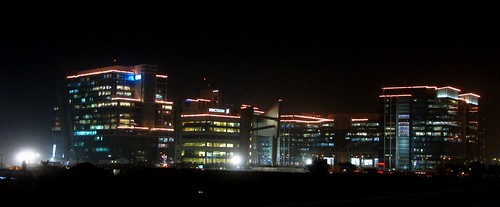The way we design and construct buildings is critical to addressing the climate change challenge given that the building sector currently contributes around 40 per cent of global carbon emissions. Commercial and residential buildings in India account for more than 30% of the country’s total electricity consumption. In view of the growth of the economy and the Indian population, building activities are expected to continue at a high level. This could lock us into large consumption of energy unless we design and construct buildings that are energy efficient and conserve natural resources.
I believe that the current trend in architecture of using glass extensively is highly inappropriate to our climatic context. I don’t think there is any thinking on the energy implications of what we are constructing. A lot of these buildings are nothing if not energy guzzlers. It is not as if we need to completely eliminate use of glass. But there needs to be sensitivity in terms of orientation and design of the building; and one could employ high insulation glass that only lets in the light and not the heat, thereby conserving energy.
Energy efficient buildings are extremely important in today’s context. Green architecture views buildings as an extension of the ecosystem and appreciates that each element in a building affects the overall performance of the environment. So green architecture tries to optimize the functioning of a building, and preserves and protects important natural resources. A green building also effectively harnesses natural energy like sunlight and wind while also ensuring energy efficiency. This is achieved by means of an integrated approach to architecture which combines together design issues, energy efficient materials, construction methods, efficient building systems and by taking advantage of renewable energy supplies. To attain true environmentally sensitive architecture, eco-friendly ideas need to be supported by everyone involved in the process from design to construction. Also, building “green” is not only a way to use our resources efficiently but also a way to create healthier buildings that improve human health, ensure a better environment, and provide cost savings. In the end, a green building can reduce energy use by almost 40 to 60 per cent. So clearly, a strong green building sector is the key in fighting the challenge of climate change and environmental degradation.

